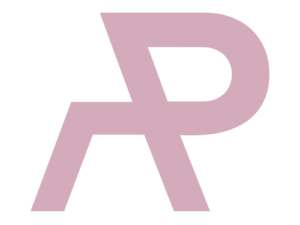Week 2 of active learning became VERY active.
Design for the web Content
I find learning code quite challenging yet very interesting. It’s time to get used to the fact that every comma or semicolon (or their absence) in lines of the code matters. To be honest, I’m still trying to find the best way to learn code and practice. For now, besides our course materials, it’s a combination of reading articles on mozilla and stayhowe and watching videos on Pluralsight.
This week was about how we can add visual styling to the web pages. That’s what CSS is used for, and it’s another “foreign” language I need to learn. The semantics of CSS differs from HTML, and they need to work in synergy. I started experimenting with my coursework website about three designed objects, adding the presentation layer on the structure of existing HTMLs and learning how CSS selectors and attributes work.
What I found difficult is that I need to have a clear visual in front of me before I start writing code. This leads me to a sketch/wireframe – design in Figma – writing my HTML&CSS workflow.
The biggest disappointment for me by far is that I can’t code what I’ve designed even though the design looks clear and simple. Hope that my confidence in coding will come with practice. Reading the articles and watching videos only are not so productive for my learning. That’s why I find the “HTML and CSS: Creating a Basic Website” course by Jon Friskics on Pluralsight so helpful. It combines video, interactive challenges and slides. Love the challenges by all means 🙂
<– Just to keep useful links in one place, I leave them here–>
Additional Learning
- Demo App Code
- Mozilla Developer Network – HTML
- Mozilla Developer Network – CSS
- Shay Howe’s Learn to Code HTML & CSS
- CodePen
- Front-End Formations
- CSS Cross Country
Applied Art for the Web
The other important part of the week was the start of our Applied Art for the Web course.
Our first task was to start working on a personal page wireframe and mood board for it with another new instrument – Whimsical, which is quite fun. Hope to get used to it very soon.
Following up our classwork where we discussed various design principles, I found The Fundamental Gestalt Principles – Understanding Perception very helpful to revise the material and see how those principles could work through various media (ex. user interfaces). This part of the course covers main patterns such as Proximity, Similarity, Figure-ground, Symmetry, Closure, Common fate, Uniform Connectedness and Good Continuation. It also sets examples and shows how all of them interplays in case they are used together. The full “An Introduction to Design” course is definitely worth watching in full.
Prisca also asked us to read the article about ethics code for designers which provoked me to think about how socially important the profession of a designer is. To sum up, each designer is a part of a professional and diverse community, so it’s extremely important to learn from it and welcome criticism as it makes good work better and prevents bad work to be presented to the world. It’s also crucial to take time for self-reflection.
Looking forward to a new week and new challenges!
